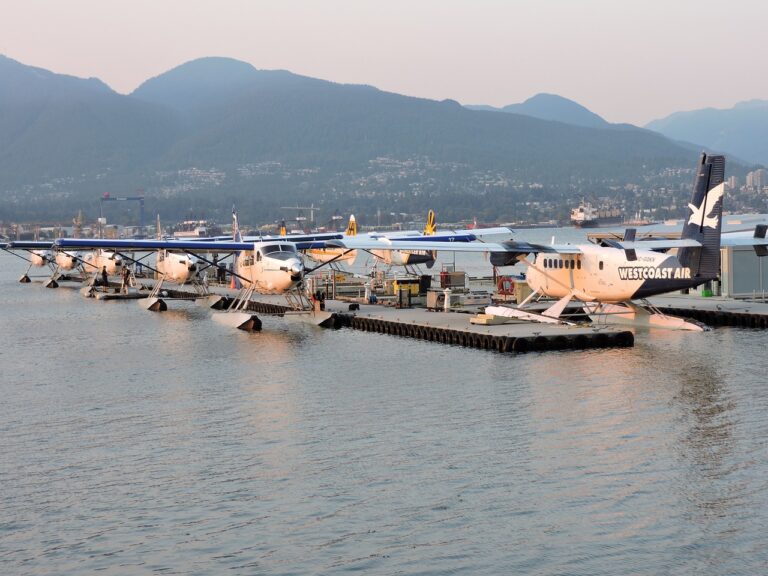The Future of Autonomous Shipping: Innovations in Maritime Industry
The implementation of autonomous shipping faces various hurdles that need to be addressed for successful integration into the maritime industry. One of the primary challenges is ensuring the safety and security of autonomous vessels, especially in unpredictable weather conditions or congested waterways. Without human intervention on board, it is crucial to develop advanced technologies to effectively navigate complex situations and avoid potential collisions.
Another significant obstacle in autonomous shipping is the regulatory framework that needs to evolve to accommodate these new technologies. Current maritime laws and regulations were designed with traditional crewed vessels in mind, making it necessary to update and adapt these rules for the safe operation of autonomous vessels. Additionally, issues related to liability, insurance, and accountability need to be resolved to establish clear guidelines and responsibilities in case of accidents or malfunctions involving autonomous ships.
Advantages of Autonomous Vessels
Autonomous vessels offer enhanced safety features compared to traditional manned ships. With advanced technology such as sensors and artificial intelligence, these vessels can navigate through complex maritime environments more efficiently, reducing the risk of human error. Additionally, autonomous vessels can operate continuously without the need for crew rest periods, ensuring round-the-clock monitoring and operation.
Moreover, autonomous vessels are more cost-effective in the long run. By eliminating the need for onboard crew members, companies can significantly reduce operational expenses related to crew salaries, accommodations, and training. With improved fuel efficiency and optimized routes, autonomous vessels can also lower fuel consumption and maintenance costs, making them an attractive option for shipping companies looking to improve their bottom line.







